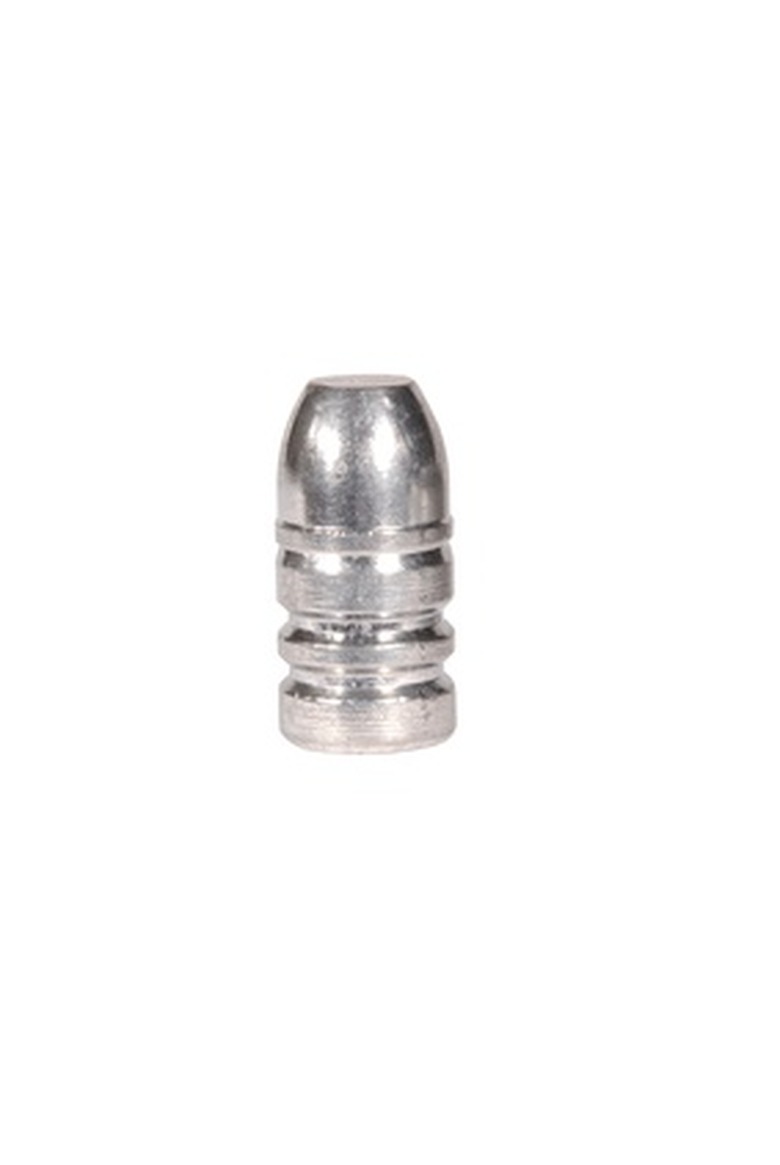Volume To Density Conversion
Volume is the amount of space a substance occupies in three-dimensions, whether that quantity is measured in cubic centimeters, cubic yards or another unit of volume. The substance can be solid, liquid or gas. Weight or mass plays no role in the consideration of volume. If one wishes to know the density of a substance that occupies a volume, then mass must be introduced.
The Equation
The Equation
The mathematical relationship between density and volume is a simple one.
The mathematical equation is D = M / V. Density is equal to the mass, whether in grams, pounds or another unit, divided by the volume that mass occupies. If a piece of metal weighs 25 g and it has a volume of 5 cubic cm, its density is 25 g / 5 cubic cm = 5 g per cubic cm.
Ideal Gas Law
Ideal Gas Law
The ideal gas law illustrates how if an equation contains volume, the term density might replace it to good effect. That gas law ordinarily reads PV = nRT, where P is pressure, n is the number of moles of gas under consideration, R is the ideal gas constant, and T is the temperature. Now the number of moles is related to mass or weight and can be written n = m / MW, where m is the mass of gas, and M is its molecular weight. The ideal gas equation can then be written PV = (m / M) RT.
Converting Volume into Density
Converting Volume into Density
Dividing both sides of the equation by the volume, V, we then find P = (m / MV) RT. Combining equation 1 with equation 4, we obtain P = (D/M) RT.
We have effectively eliminated the volume altogether from the equation, replacing it with density. We have converted volume into density. This form of the ideal gas law can conveniently be used if you know the mass of gas present, rather than its volume. Of course you can convert back to volume by simply reversing the process.
Reasonable Units
Reasonable Units
When converting volume to density, it is reasonable to use units commonly employed and proportionately reasonable. For instance, although it is possible to do so, no one ordinarily reports density in grams per cubic yard, or pounds per cubic centimeter. More standard units are grams per cubic centimeter and pounds per cubic yard. This is because a small volume of material usually weighs little, and so little units of weight would be employed when using smaller volumes. Larger masses call for larger volumes.
Consistent Measurement Systems
Consistent Measurement Systems
Lastly, metric units of mass should be used with metric units of volume, rather than the standard "English" units, and so forth. The use of liters for volume calls for kilograms rather than pounds. On the other hand, the use of quarts calls for the use of ounces, rather than milliliters, in the case of liquid.
Cite This Article
MLA
Summers, Vincent. "Volume To Density Conversion" sciencing.com, https://www.sciencing.com/volume-density-conversion-6370121/. 24 April 2017.
APA
Summers, Vincent. (2017, April 24). Volume To Density Conversion. sciencing.com. Retrieved from https://www.sciencing.com/volume-density-conversion-6370121/
Chicago
Summers, Vincent. Volume To Density Conversion last modified August 30, 2022. https://www.sciencing.com/volume-density-conversion-6370121/
